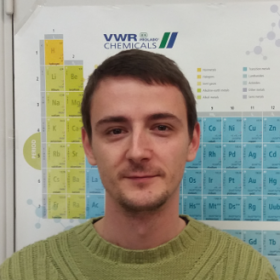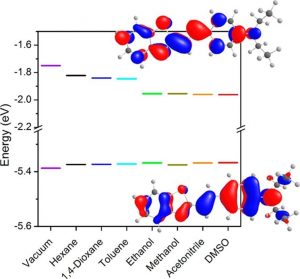
ANTHONY MARTIN
Researcher – CNRS, HDR
Anthony R. Martin received his PhD from the University of Montpellier in 2011 under the supervision of Prof. Michael Smietana and Dr. Jean-Jacques Vasseur, working on the synthesis and self-assembly of borono(oligo)nucleotides. He then joined Prof. Steven Nolan’s group (Saint-Andrews University) as a postdoctoral researcher to work on late transition metal coordination and their applications in homogeneous catalysis. In 2013, he moved to the Institute of Chemistry of Nice in Dr. Benhida’s group where he was appointed Chargé de Recherche — CNRS in 2014. There, he mainly focused his research on medicinal chemistry programs devoted to the tackling of chemoresistance in cancers. Additionally, he developed chemical biology tools to monitor and probe enzymatic activities in live cells. In 2020, Anthony moved to the Institut des Biomolécules Max Mousseron (Montpellier), in Dr Amblard’s group, where his current researches encompass various aspects of peptide chemistry and the exploration of new modalities for the targeted degradation of proteins.
Contact:
anthony.martin@umontpellier.fr




